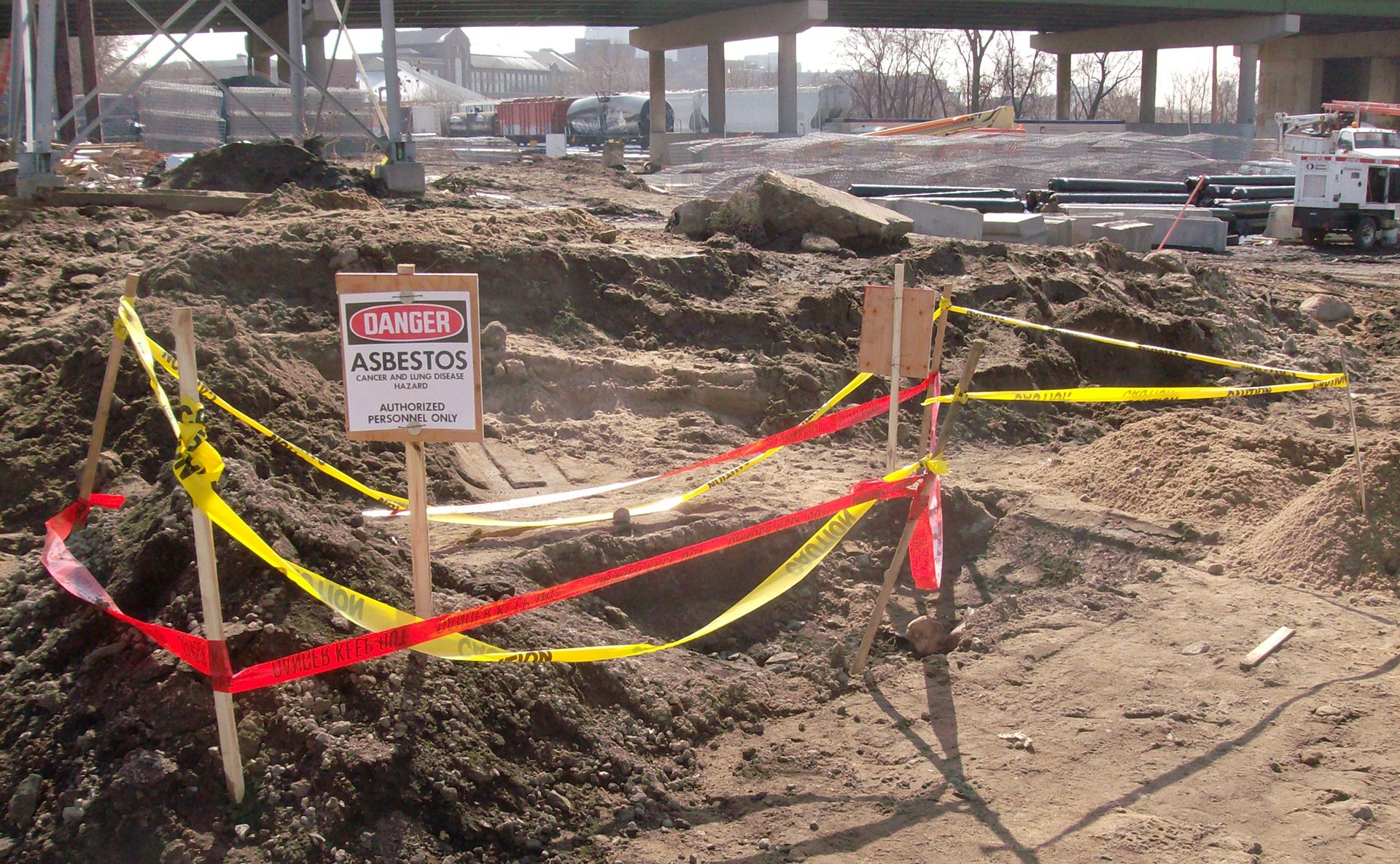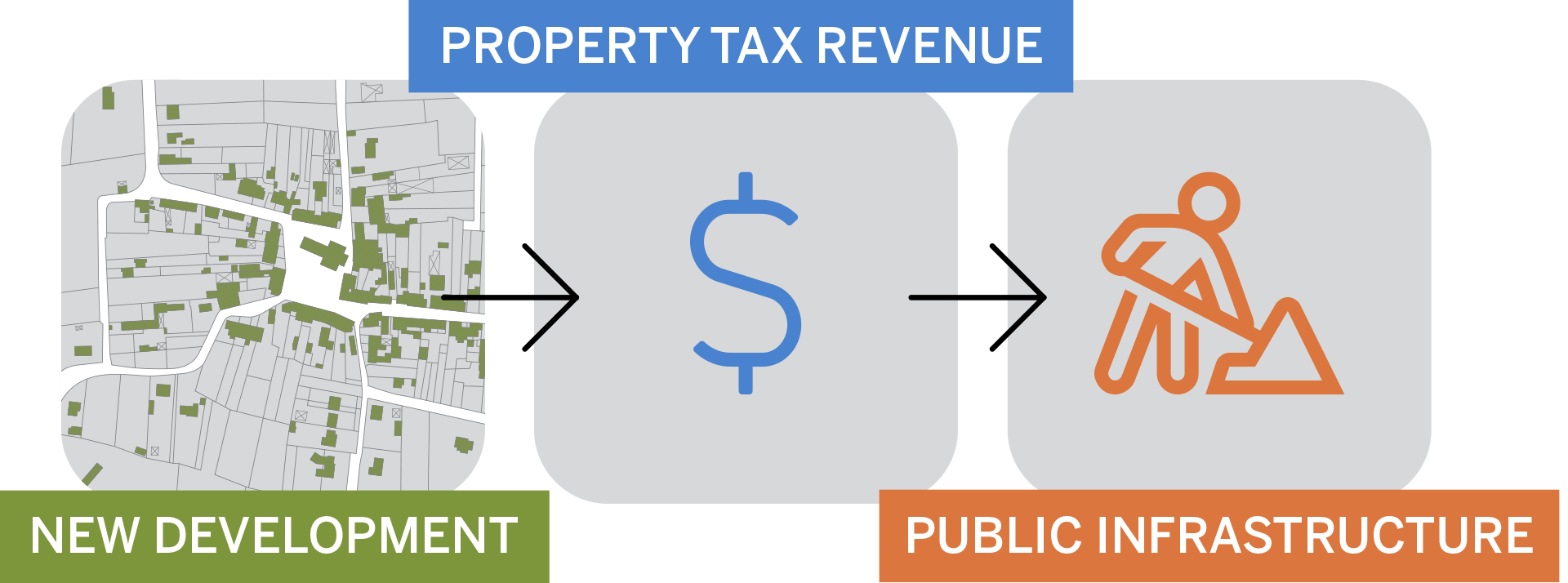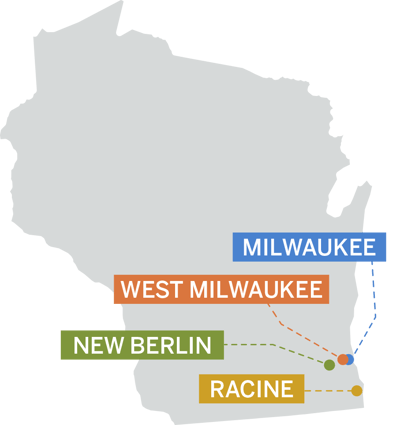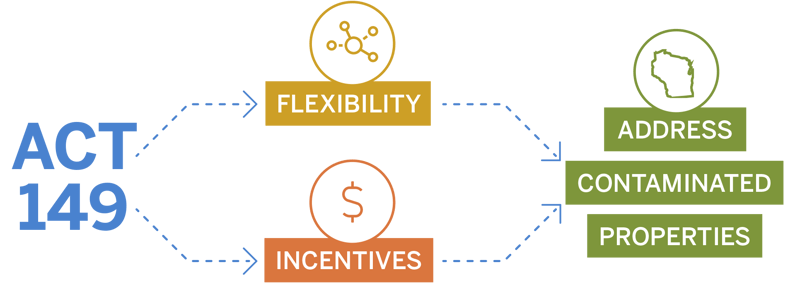Wisconsin is home to numerous sites tainted with harmful substances such as asbestos, lead, or petroleum – a threat to both public health and the environment. These properties often remain vacant or underutilized due to the high costs and risks of remediation. However, a law enacted in 2022 offers a powerful new tool for local communities to revitalize these polluted properties and create innovative economic opportunities.

The law, known as ACT 149, allows local governments to create Environmental Remediation Tax Increment Districts (ERTIDs) to finance the redevelopment or demolition of existing structures contaminated with hazardous substances. An ERTID is a special district that captures the increased property tax revenue generated by the improvement of a contaminated site and uses it to pay for the costs of remediation and redevelopment. This way, local governments can leverage the future value of the property to fund the upfront costs of cleaning it up.

The existing Tax Increment Financing (TIF) program, which is widely used in Wisconsin to support economic development projects, is expanded by ACT 149. TIF allows local governments to create districts where the property tax revenue from new development is used to pay for public infrastructure and other improvements that benefit the district. However, TIF has some limitations when it comes to addressing contaminated properties, such as the requirement that the district be in a blighted area, and the tax increment only used for public works or improvements, not private property remediation.

Related Content: The Hidden Potential of Brownfields [eBook]
ACT 149 addresses these limitations by creating a separate category of TIF districts for environmental remediation purposes. Key features include:
- ERTIDs can be created for any property contaminated with hazardous substances, whether in a blighted area or not.
- The tax increment within an ERTID can be used to pay for the costs of remediation and redevelopment of the contaminated property, including the costs of acquiring, demolishing, or renovating existing structures, and the costs of environmental testing, monitoring, or consulting.
- An ERTID can also pay for public works or improvements that benefit the district, such as roads, utilities, or parks, if they are directly related to the remediation and redevelopment of the contaminated property.
- With a maximum lifespan of 27 years, an ERTID can potentially extend its life by three years if the district meets certain criteria, such as creating or retaining jobs, increasing the tax base, or improving the environment.
- An ERTID requires the approval of the local governing body, the Joint Review Board, and the Wisconsin Department of Revenue. The local governing body must also adopt a project plan that describes the boundaries, objectives, costs, and benefits of the district.

Since the law went into effect in 2022, four ERTIDs have been created in the Wisconsin municipalities of New Berlin, West Milwaukee, Racine, and Milwaukee. These ERTIDs are intended to facilitate the redevelopment or demolition of properties contaminated with asbestos, lead, petroleum, or other hazardous substances, and create new economic opportunities for the communities. For example, the ERTID in New Berlin will help transform a former industrial site into a mixed-use development with residential, commercial, and recreational uses, while the ERTID in Racine will help demolish a former factory and prepare the site for future development.
ACT 149 is a promising law that provides more flexibility and incentives for local communities to address the problem of contaminated properties in Wisconsin.

ERTIDs empower local governments to leverage the potential value of contaminated properties, funding cleanup costs and generating new economic opportunities – a win-win for both the environment and the economy.
Ready to leverage ERTID funding for your community? Let's chat about which properties could benefit and how we can make the most of this powerful resource together. Reach out to discuss next steps!
About the Author

Laurie Miller is a community development specialist with extensive municipal planning experience in various domains. She has a passion for redevelopment and recreational planning, enjoying great success in seeking funding and developing a collective vision for projects that create vibrant and inclusive spaces for communities to live and come together.

.png?width=1014&height=1255&name=SEH_Logo_RGB%20(1).png)
